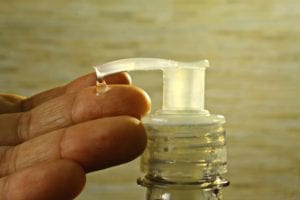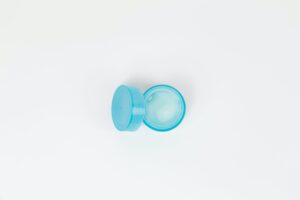Hyperhidrosis
What is hyperhidrosis?
Hyperhidrosis is characterized by excessive sweating that is not brought on by heat, exercise, or normal causes of perspiration.
What are the symptoms of hyperhidrosis?
Excessive sweating is the major symptom of hyperhidrosis, and it is so severe that one may sweat through their clothes. It is most common on the hands, underarms, feet, or face. This sweat can disrupt one’s daily routine and cause social anxiety. In terms of complications, affected individuals may be more susceptible to infections.
What causes hyperhidrosis?
There are two forms of hyperhidrosis: primary and secondary. The former occurs when the nerves that signal to the sweat glands become overactive, although medical professionals are not sure as to why this occurs. They suspect that a genetic component could play a role, as hyperhidrosis is observed in families.
If one has the secondary form, their excessive sweating is the result of another medical condition. Possible causes include diabetes, low blood sugar, infections, certain cancers, thyroid problems, menopause hot flashes, nervous system disorders, and heart attacks.
How is hyperhidrosis diagnosed?
Doctors will begin by asking about your medical history and symptoms, followed by a physical exam. Sweat tests, such as skin conductance, iodine-starch test, and thermoregulatory sweat test, may be used as well. Lastly, blood, urine, and other lab tests may be necessary to rule out other conditions.
What are the treatments for hyperhidrosis?
For those with the secondary form, treatment consists of addressing the primary condition. If it is primary hyperhidrosis, you may be prescribed medications such as nerve-blockers, prescription creams, prescription antiperspirants, antidepressants, and botulinum injections. If one’s case is severe, surgery may be recommended, with procedures like sweat gland removal, microwave therapy, and nerve surgery.
Where can I find out more about hyperhidrosis?
Hyperhidrosis Articles

Study: Sofpironium Bromide Gel is Safe and Effective for Pediatric Primary Axillary Hyperhidrosis

AAD VMX 2021: Sofpironium Bromide Gel Beneficial for Primary Axillary Hyperhidrosis




